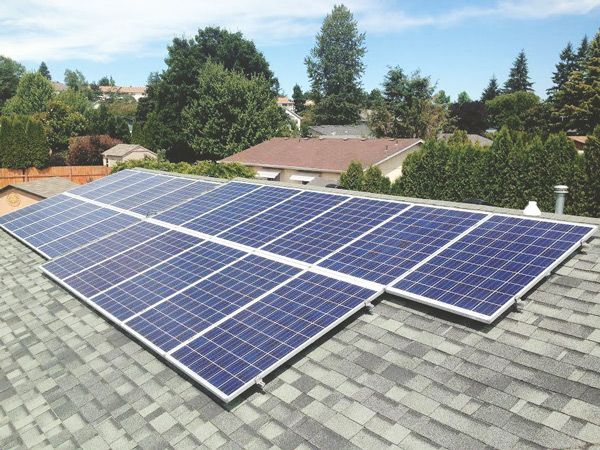Managing heat dissipation in photovoltaic (PV) power stations is crucial for maintaining the efficiency and longevity of solar panels. Excessive heat can decrease the performance of solar cells and reduce overall power output.
- Proper Site Selection:
- Choose sites with good natural ventilation and airflow. Open areas with minimal obstructions allow heat to dissipate more effectively. Avoid locations with high temperatures, such as areas with intense urban heat islands.
- Mounting Structures and Racking Systems:
- Optimize the design of mounting structures and racking systems to allow air circulation around the solar panels. Ground-mounted systems, for instance, may allow for natural convection to cool the panels.
- Tilt and Elevation:
- Adjust the tilt and elevation of solar panels to optimize their exposure to sunlight while minimizing heat buildup. This may involve experimenting with different angles to find the optimal balance between sunlight exposure and heat dissipation.
- Cooling Technologies:
- Implement active cooling technologies, such as water cooling or air cooling systems. Water cooling involves circulating water through a cooling system integrated with the solar panels. Air cooling systems use fans or other mechanisms to dissipate heat from the panels.
- Reflective Surfaces:
- Use reflective surfaces or materials beneath and around solar panels to reduce the absorption of heat from the ground. This can help lower the overall temperature of the solar panel array.
- Anti-Soiling Coatings:
- Apply anti-soiling coatings on the surface of solar panels to minimize the accumulation of dust and dirt. A clean surface allows for better light absorption and reduces the insulating effect of debris.
- Thin-Film Technologies:
- Consider using thin-film solar technologies, which generally have a lower temperature coefficient compared to traditional crystalline silicon panels. Thin-film panels may be less sensitive to temperature changes and can handle higher operating temperatures.
- Smart Tracking Systems:
- Implement smart tracking systems that adjust the orientation of solar panels to track the sun’s movement. This can enhance energy capture while minimizing the duration of direct exposure to sunlight, reducing the potential for heat buildup.
- Energy Storage Systems:
- Integrate energy storage systems to store excess energy generated during cooler periods and release it during peak demand times. This can help reduce the load on the solar panels during periods of intense sunlight.
- Materials with High Thermal Conductivity:
- Explore the use of materials with high thermal conductivity in the construction of mounting structures or backing materials. These materials can help transfer heat away from the solar panels more efficiently.
By combining several of these strategies, you can effectively manage heat dissipation in photovoltaic power stations, optimizing the performance and lifespan of the solar panels. The specific approach may depend on the characteristics of the site, the type of solar panels used, and the overall design of the PV system.


